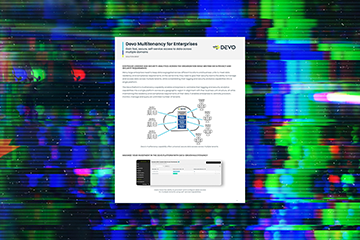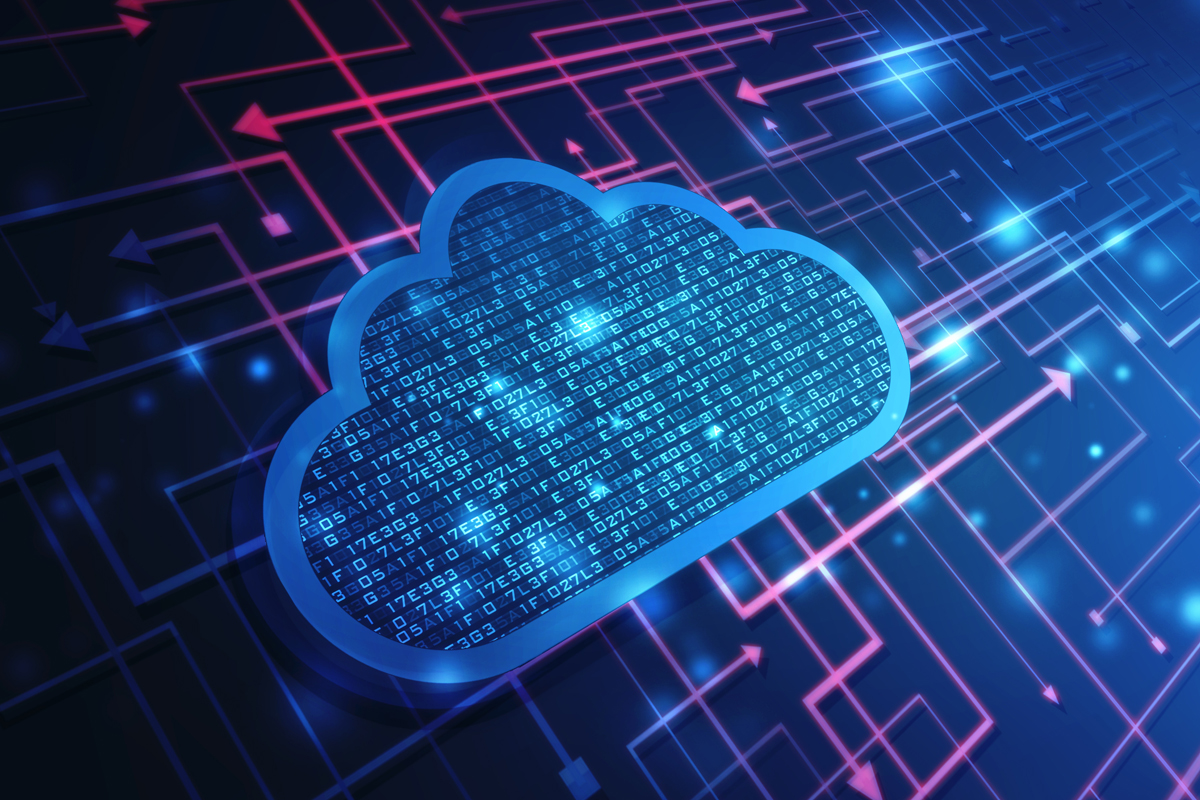
Choosing the right software to defend your organization, both in real-time and in retrospect, is one of the most important decisions an organization can make. Security teams need to be able to view activity and affect access quickly, and that becomes more difficult at bigger, complex enterprises.
A classical approach to this problem is role-based access control (RBAC), but for many organizations, multitenancy is a better fit. Its advantages aren’t needed by every enterprise or MSSP, but for certain organizations, it can save time and money while helping improve security. Here’s the low-down on how multitenancy differs from RBAC, plus some tips on who it benefits the most.
What Is Role-Based Access Control (RBAC)?
In principle, RBAC simply assigns each user a set of access permissions based on a designated role set up by administrators and validated on an ongoing basis. RBAC systems can be configured to assign roles to each user based on seniority, team structure, job description, or any other rubric. This approach is easier than specifically managing each user’s permissions, which speeds onboarding and creates a reliable, secure access environment for users.
RBAC works well when dealing with a relatively small number of users, a simple and well-defined set of roles, and compliance standards that apply across the entire organization. Where it starts to lag behind is when an enterprise scales. Just as early scaling makes user-by-user security unmanageable—making RBAC a necessity—continued increases in size and complexity make RBAC itself clunky and insufficient. That’s where multitenancy comes in.
What Is Multitenancy?
Multitenancy essentially assigns users into nested buckets called “tenants” that can be as small as a single user or as big as an entire organization. Each user can be part of a specific tenant and a global tenant encompassing all users. MSSPs can leverage multitenancy to manage each client enterprise with a unique tenant, enabling them to gain complete visibility across all customers while maintaining secure data separation.
With a multitenant structure, permissions can apply within or across tenants, creating an easy way to handle user permissions for employees and customers that is fast, secure, and adaptable.
Who Can Benefit from Multitenancy?
Role-based approaches to security are right for some companies, but they’re simply insufficient to meet the needs of many. Here are a few examples of organizations that may find multitenancy valuable:
Organizations with multiple global business units or sprawling client portfolios: Organizations that need to efficiently onboard new clients or manage sprawling business units can save time with multitenancy. By spinning up unlimited tenants in minutes, security teams can ensure faster time to value for their subsidiaries.
Organizations that engage in M&A: Companies that buy and sell other businesses can use multitenancy to holistically add or remove large complex tenants from their security infrastructure. With multitenancy, spinning off a new company from an existing division is as easy as adding a new division from an existing company.
Organizations in highly regulated industries: Multitenancy enables organizations to maintain data residency and compliance across all tenants. Multitenant isolation enables a global organization to gain visibility into all its data while keeping it in-region. This makes enforcing compliance policies uniformly across all tenants easier when necessary, and it also helps teams store and process data within specific jurisdictions to ensure local laws are followed.
Devo’s Approach to Multitenancy
Devo provides self-service multitenancy control for our customers, enabling them to securely and centrally manage data access, content, and configuration of any number of tenants within their organization.
Our approach to multitenancy provides global search capabilities across unlimited tenants, regardless of where they are physically located. Since the data remains in its native territory, it can be viewed, analyzed, and alerted while maintaining compliance with security rules and regulations. This is particularly important for MSSPs, which deliver services to customers worldwide.
Devo’s self-service multitenancy enables large organizations and MSSPs to spin up unlimited tenants in minutes. Our platform empowers the addition, modification, or removal of large groups of users, enabling organizations to scale quickly and easily.
Secure, Manage, and Optimize your Data
While RBAC is a viable solution for some organizations, multitenancy provides more flexibility and control to meet business outcomes.
With Devo, MSSPs and enterprises can scale and increase time to value while upholding security standards. The Devo Security Data Platform offers a powerful multitenant architecture that speeds security workflows, eases onboarding, and helps you stay compliant. For the right organization, it can dramatically reduce costs and response times while enhancing the value delivered to customer enterprises. Still unsure whether multitenancy is right for your organization? Chat with a member of the Devo team for more advice.
Frequently Asked Questions
- Single-Tenancy: Each customer or tenant has their own isolated software instance and supporting infrastructure. This offers strong data isolation and customization but can be costly and resource-intensive to manage.
- Multitenancy: Multiple customers or tenants share the same software instance and infrastructure, with logical separation of data and configurations. This allows for efficient resource utilization, easier scalability, and cost savings, but requires careful management of data security and tenant isolation.
Multitenancy, when implemented correctly, can offer strong data security and privacy. Key measures include:
- Logical Data Separation: Each tenant’s data is logically isolated, preventing unauthorized access between tenants.
- Access Controls: Strict access controls ensure that users can only access data within their assigned tenant.
- Encryption: Data encryption at rest and in transit protects sensitive information.
Multitenancy is especially advantageous in industries where:
- Scalability is Crucial: SaaS providers, cloud service providers, and businesses with rapidly growing customer bases benefit from the scalability and cost-efficiency of multitenancy.
- Data Isolation is Important: Healthcare, finance, and government organizations handling sensitive data can leverage multitenancy to maintain strict data separation while benefiting from shared resources.
- Customization is Required: Businesses with diverse needs can utilize multitenancy to offer tailored solutions to different customers or business units within the same platform.




